Chapter 2 — Types of Mortgage Loans
Now that we understand mortgage basics, let’s delve into some of the specific types of mortgages that are available. There are many different structures available for most mortgages, and each has a purpose. Most of these government insured mortgages are designed for a particular type of borrower, such as military veterans or residents of rural areas.
There are several types of loans guaranteed by the federal government, some of which we will discuss below. All of these types of loans allow borrowers to receive better rates than they otherwise would have for a conventional mortgage.
When a mortgage is insured or backed by the government, it acts as protection for lenders against default, but the banks that are still the ones doing the actual lending. These loans fit within certain underwriting guidelines set by the government and are designed to help stimulate the economy and allow people who would otherwise unable to become homeowners buy their first house.
Fixed Rate
Conventional
A normal, vanilla mortgage (like either the fixed rate or adjustable rate example we discussed in the previous section), would be a conventional mortgage, in that it is not backed by the government and it fits within the standard underwriting guidelines.
If the mortgage conforms with Fannie Mae and Freddie Mac guidelines (for credit, income, debt, assets, etc…), and if the amount of the loan is under the limit set by the FHFA, it is a conventional conforming mortgage. The borrower must have a credit score of at least 620, and there cannot be a loan-to-value ratio (LTV) higher than 97%, where the loan-to-value ratio is easily calculated as the loan amount divided by property value.
Let’s go back to our original example of a $400,000 loan, with a $100,000 down payment, and apply it to this concept. We can see that the loan is under the $417,000 limit, and the LTV is 80%, which is well below the 97% maximum. Assuming we have a credit score greater than 620, we should easily qualify for a conforming mortgage, but what exactly are Fannie Mae and Freddie Mac, and why are their guidelines so important?
Fannie Mae and Freddie Mac
Fannie Mae and Freddie Mac are institutions created by Congress that provide funds for many mortgages in a variety of ways. While Fannie and Freddie do not actually make the loans themselves, they do buy many of the mortgages and keep the loans on their own portfolio, and also package up bundles of these mortgages into Mortgage Backed Securities (MBS), which we will discuss in a later chapter, but for now let’s say these MBS are sold on the secondary mortgage market to investors, and the funds allow for Fannie and Freddie to buy/fund the mortgages.
This structure provides a great deal of liquidity to the mortgage market, which means there is a lot of money available for lending to those borrowers that qualify.
How does this process actually work? If a bank or some other lender makes a loan that conforms to the Fannie and Freddie guidelines, making it a conforming mortgage, Fannie or Freddie can purchase the loan from the bank after the loan is made, or provide the lender with the funds to make the loan, both of which amount to essentially the same thing.
Purchasing and providing funds for mortgages accomplishes a number of things, which is why the government continues to support Fannie and Freddie despite many controversies.
First of all, Fannie Mae and Freddie Mac provide a reliable source of funds for banks to lend to qualified borrowers. It provides a great deal of liquidity to the mortgage finance market, and without this liquidity our current mortgage finance system would likely fall apart. Without this reliable source of funds, there could conceivably be a shortage of mortgages available for even well-qualified borrowers, which, in the aggregate, could be disastrous for the economy.
Fannie Mae and Freddie Mac are two of the largest financial institutions in the world because they hold so many mortgages, and guarantee the principal and interest payments on the MBS they issue on the secondary market.
In order to have access to the Fannie Mae and Freddie Mac funds, most lenders provide a variety of loans, both fixed and adjustable, that conform to Fannie and Freddie’s strict guidelines on size, credit and underwriting.
The general Fannie Mae and Freddie Mac guidelines include, but are not limited to:
- Borrowers must have a credit score of at least 620.
- Loan cannot be for more than $417,000.
- Loan-to-value ratio less than or equal to 97%.
Many of the requirements of Fannie and Freddie are too obscure and complicated to get into in this guide, but suffice it to say if the borrower qualifies for one it is generally less risky than a nonconforming loan for both the borrower and the lender.
Conforming loans that are purchased by Fannie and Freddie are not necessarily guaranteed in any way by the government. Fannie and Freddie are only quasi-governmental organizations, and this is a source of a great deal of confusion. Fannie and Freddie are not strictly arms of the government, but some these loans are in fact insured by the federal government.
As a general rule, if the loan is insured by the government, the lender is better protected from the risk of default, and therefore charges lower rates, making it easier for the borrower to qualify for the mortgage. There are multiple categories of loans that are insured by the federal government, including the following.
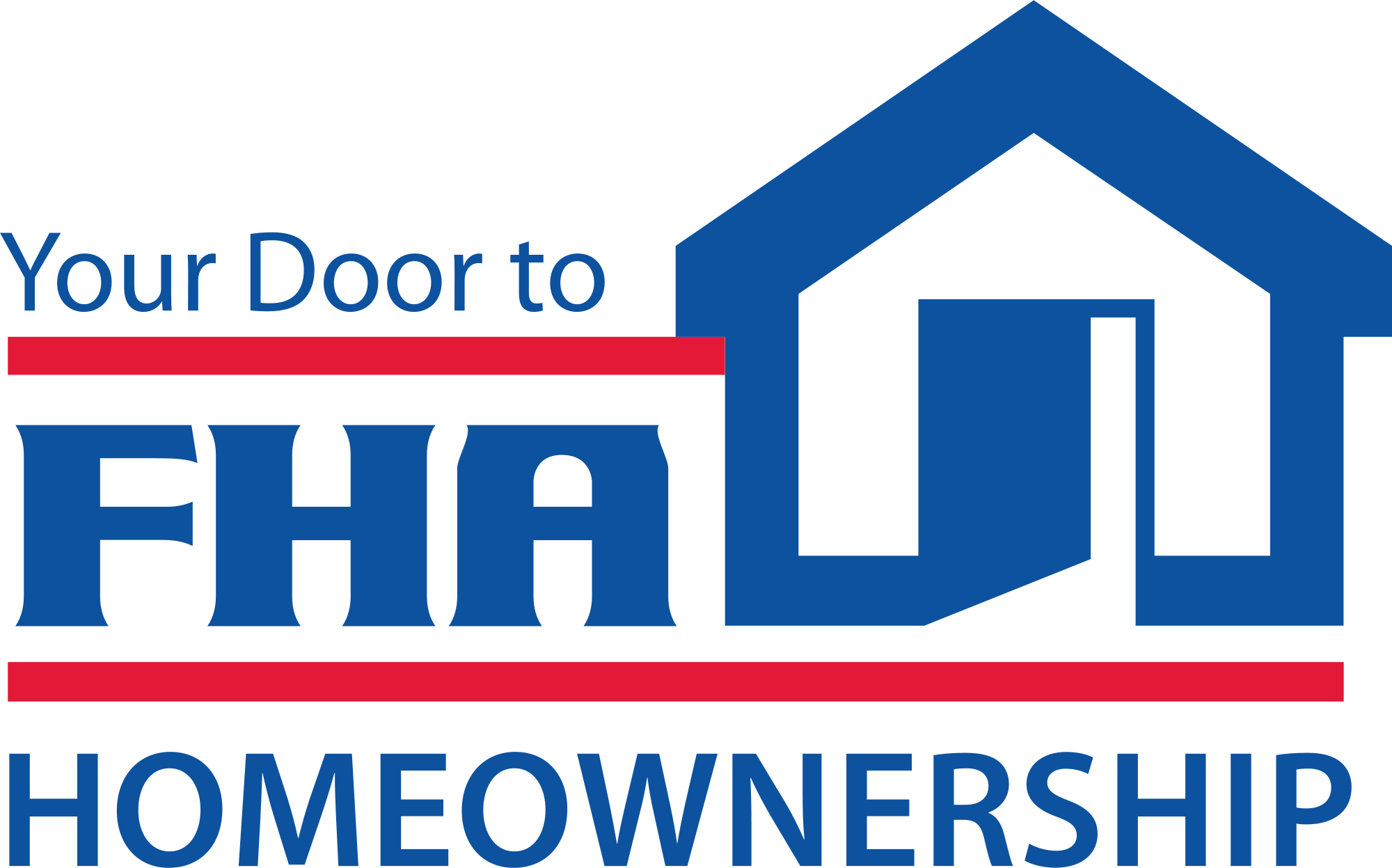
FHA
Backed by the Federal Housing Administration, and issued by FHA-approved lenders. The FHA was established during the Great Depression to help more borrowers afford housing, and to this day provides mortgages for borrowers who may not qualify for a conventional mortgage. How do FHA loans work? The individual banks are still the ones lending the money, but the government is simply insuring the loans. Banks will have their own underwriting guidelines and set their own rates for FHA loans. The borrower must still purchase private mortgage insurance (PMI), both upfront and annually.

VA
Available to veterans and active service members of the U.S. military, and backed by the VA. Most VA mortgages do not require a down payment, and thus are much easier to obtain. Like FHA loans, VA loans are still issued by banks, but are backed by the Veterans Administration. VA loans are generally easier to qualify for than a conventional mortgage.
203k
Designed for those who need to improve the property quite a bit, this loan is a combination of a standard mortgage and a construction loan. This would be when a borrower wants to purchase a “fixer-upper,” and plans on doing repairs, upgrades, or anything else to improve the condition or value of the property. These improvements can cost a great deal, and without this type of loan many borrowers could not afford the home, and it would stop the improvement of many houses and neighborhoods. The government has a great interest to incentivise these types of loans, because of the economic “knock on effect.” 203K’s are another type of loan that is backed by the FHA.
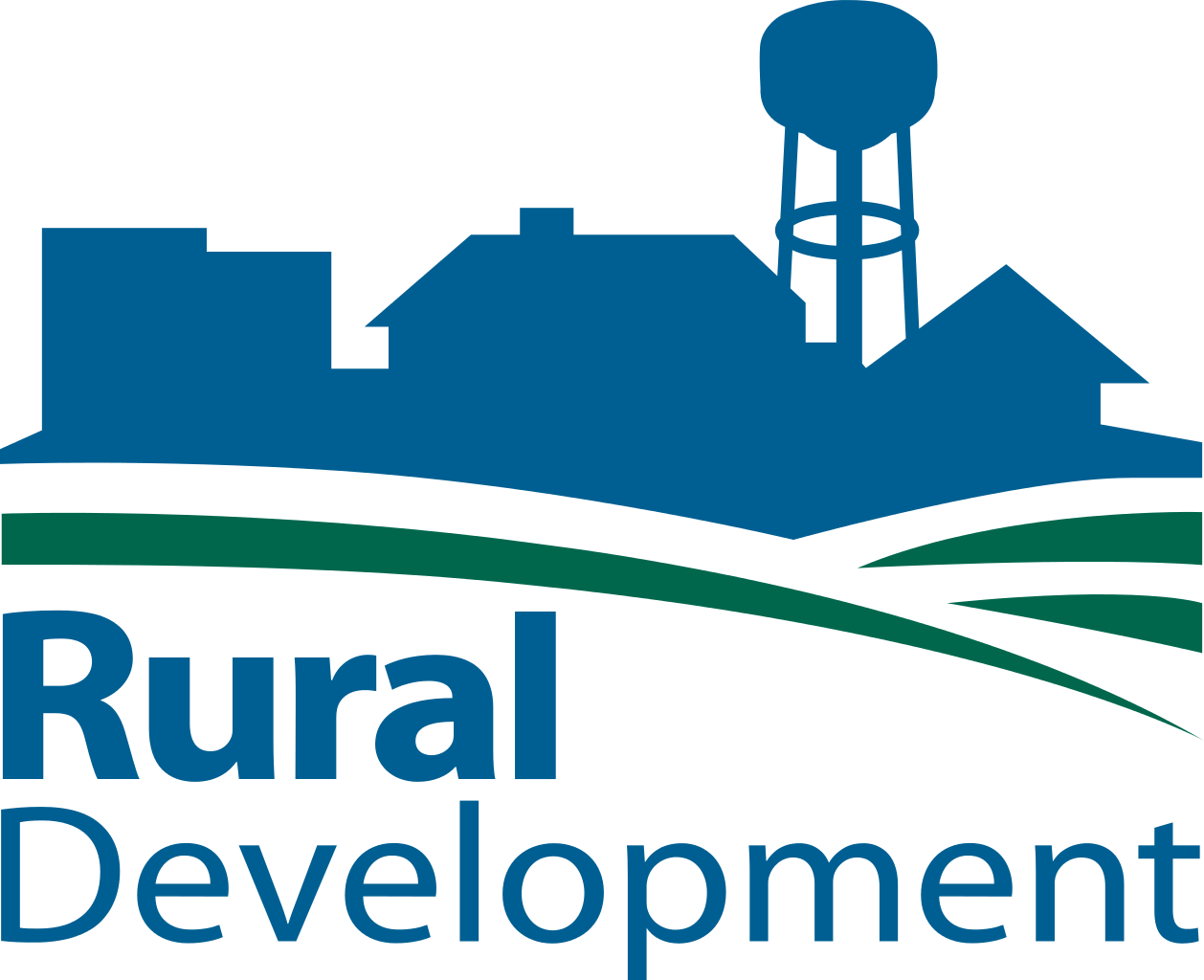
USDA/RHS
Loans backed by the U.S. Department of Agriculture Rural Development (USDA/RD), which assists lenders in providing mortgages to low- and moderate-income borrowers in rural areas. The loan, like other government insured loans, must be for a primary residence, and not an income producing property.
If the loan amount is larger than the limit set by the FHFA, which in most states is currently $417,000 for a single family residence, the mortgage is called jumbo or non-conforming.
Non-conforming loans have different underwriting criteria which are set on a lender-by-lender basis. Sometimes these jumbo loans actually have lower interest rates than their conventional counterparts since the requirements to qualify are much stricter (i.e. higher income, lower debt, better credit) because the loan amounts are higher.
However, proceed with caution, since if you get one of these mortgages you need to be sure that you can sustainably maintain your income at qualification levels for the duration of the mortgage.
Adjustable Rate
The fixed rate, 30 year mortgage is the standard, vanilla mortgage, with the lowest risk to both the borrower and the lender. But there exists another type of mortgage known as an Adjustable Rate Mortgage (ARM), where the interest rate will fluctuate based on some agreed upon index, such as the London Interbank Offering Rate (LIBOR), which we will discuss later.
The advantage of an ARM for most borrowers is that the initial interest rate will be lower. The catch, however, is that after the initial low rate period ends, the rate will likely go up, as will the monthly payments. There’s always a catch.
So unlike fixed rate mortgages, the monthly payments for an ARM will change over the term of the loan. Borrowers often do not truly understand the risk they are taking on with ARMs. This was one of the contributing factors to the 2008 financial crisis. The combination of lenders giving out loans they never should have made, and borrowers unable to pay their suddenly skyrocketing mortgage payments was a recipe for disaster.
An adjustable rate mortgage is significantly more complex than a standard fixed rate, and there are a number of factors that affect the monthly payments, and in many cases the principal will actually increase during the term of the loan, because of something called negative amortization, which is when the monthly payment does not even cover the accrued interest, and the remainder is added to the principal.
It is true that this generally only happens with the riskiest mortgages, but it must be something for the borrower to consider in choosing a mortgage. Borrowers often do not realize that the low initial payments that attracted them into the ARM in the first place could be so low that despite paying every month, the loan balance is going up, not down as most borrowers would assume.
Many borrowers choose an ARM for the low initial payments. The Initial Interest Rate is usually very low, even lower than the prevailing rates for fixed mortgages. The initial low interest rate only lasts for the Adjustment Period.
Once the adjustment period is over, the interest rate is reset, based on whatever index rate the lender and borrower chose in the mortgage agreement. There are a number of different indices that are used, or combinations of indices, some of which we will discuss later.
Let’s go back to our original example, but change the mortgage to an adjustable rate to see how it changes. You are still borrowing $400,000, and making a down payment of $100,000, but this time the initial interest rate will be 4%, which is lower than the 5% rate for the fixed rate. The reason the initial interest rate is lower than the prevailing rate of 5% is because the bank will offer initial discounts to attract more potential borrowers. Some might say the borrowers are lured into the mortgage because of the low initial rate, but do not realize how much the mortgage payments can eventually increase.
The rates after the adjustment period are based on the index rate plus the margin, which is simply the percentage points the lender will add to the index rate. Most borrowers understand that an ARM has more risk involved than a fixed, because the index rate could conceivably rise a great deal, making the future payments unmanageable. However, there are many mitigating factors that often lean in favor of the borrower, especially if their income allows for some wiggle room for the monthly payments.
There are a number of ways a borrower can avoid unmanageable payments, because banks can structure the loan to fit the borrower’s needs. For example, most borrowers do not end up living in the home they purchase for the entire 30 year term of a standard loan, but with the adjustment period, the borrower can keep the initial low rate locked in for up to 10 years. As we have discussed, a standard, 30-year fixed mortgage will have a higher rate than an ARM, so if you can lock in the low rate for the entire time you live in the house, it will save you a great deal of money to get the ARM.
The Time Value of Money: The longer the term, the higher the rate. This is important to remember, and it is true for every type of loan. It would be in the bank’s interest to make every loan term as long as possible, because the rate would be higher, and the bank will receive much more profit.
Most ARMs also have interest rate caps, which put a limit on how high the interest rate can increase. Some ARMs also have payment caps, which put a limit on how much each monthly payment can be.
However, if there is a payment cap that turns out to be low enough, the borrower may be paying less in their monthly payment than required to cover the accrued interest, and the remainder will be added to the balance of the loan. This will usually only happen with certain ARMs that have multiple payment options each month.
In that scenario, even though the borrower is making their monthly payments, the debt keeps going up. Borrowers should be careful to avoid this situation, which as mentioned earlier, is called negative amortization.
Another way borrowers can avoid an unmanageable or financially unwise mortgage is Conversion, which is a clause in the ARM that allows the borrower to convert the ARM to a fixed rate mortgage. This option can be used as a life preserver of sorts, but it can also be another lure to prospective borrowers to take on debt they otherwise may not have.
Multiple Mortgages
A borrower can also get multiple mortgages on the same property. There are stricter requirements for a borrower to obtain two mortgages, but as home prices rise, it might make sense for a potential borrower. Remember that for a standard, FHA loan, the maximum LTV is 97%, and in our example of a $400,000 loan on a $500,000 house, the LTV is 80%.
As it turns out, many banks only offer a second mortgage, or second lien, if the total LTV is 80% or less, so in the case of a $500,000 property, the loan would have to be less than $400,000 to qualify for a second mortgage under this 80% standard.
However, there are 100% financing mortgages, such as the 80/20 mortgage, which in our case would be the $400,000 loan, or 80% of the home value, plus a “piggyback” loan of $100,000, or 20% of the home value, hence the 80/20 name. This loan is 100% financing because there is zero down payment, and the entire cost of the purchase is paid by loans.
75/15/10
There is also a 75/15/10 loan, which would be 75% loan, a piggyback 15% loan, and a 10% down payment. In our case that would be a first mortgage, or first lien, of $375,000, plus a $75,000 piggyback loan, and a $50,000 down payment.
First lien vs second lien
“Lien” is a legal term of art that just means a claim to a piece of real property, such as a house. A mortgage is an example of a lien. If there is ever a default in a case with two liens, the first lien must be fully paid before the second lien holder is paid a dime.
What Is PMI? (Private Mortgage Insurance)
What is mortgage insurance? Mortgage insurance (sometimes called PMI) is extra insurance that lenders require from most homebuyers who obtain loans that are more than 80 percent of their new home's value. In other words, buyers with less than a 20 percent down payment are normally required to pay PMI.
PMI protects the lender against loss if a borrower defaults on a loan and enables borrowers with less cash to have greater access to homeownership.
With this type of insurance, it is possible for you to buy a home with as little as a 3 to 5 percent down payment. This means you can buy a home sooner without waiting years to accumulate a large down payment, but also means that you’ll pay more in monthly payments due to the cost of PMI.
How Much Is Private Mortgage Insurance
So just how much is PMI going to cost you if your downpayment is less than 20%? Private mortgage insurance (PMI) usually adds 0.5% to 1% of annual interest to the loan.
How to Choose the Right Mortgage for You
There are a couple of main factors that any borrower should consider when figuring out what mortgage is best for them.
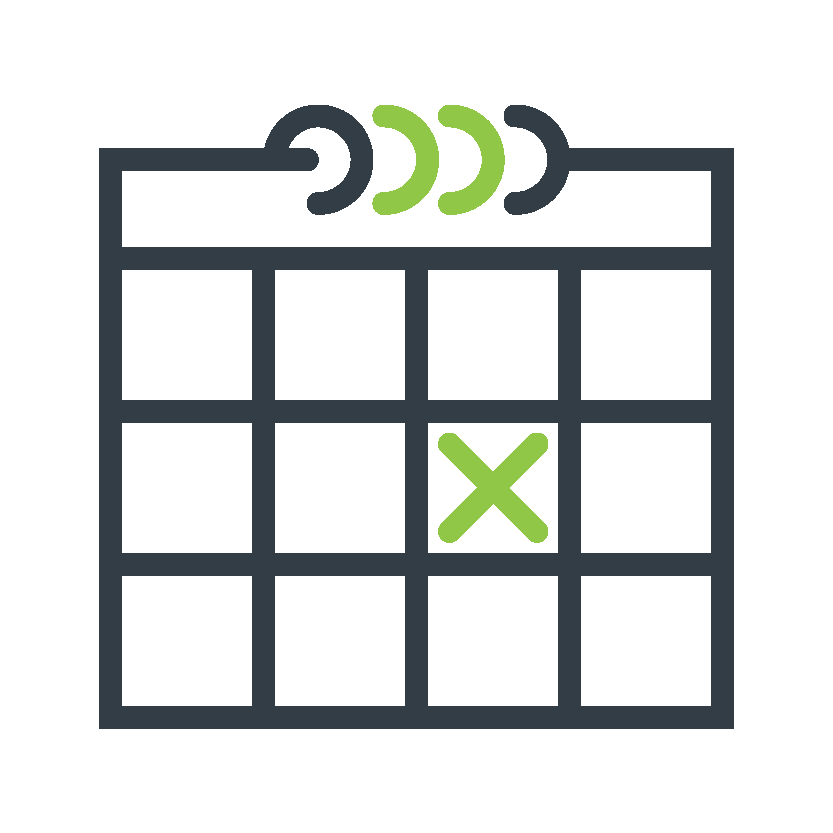
How long do I plan to stay in the house?
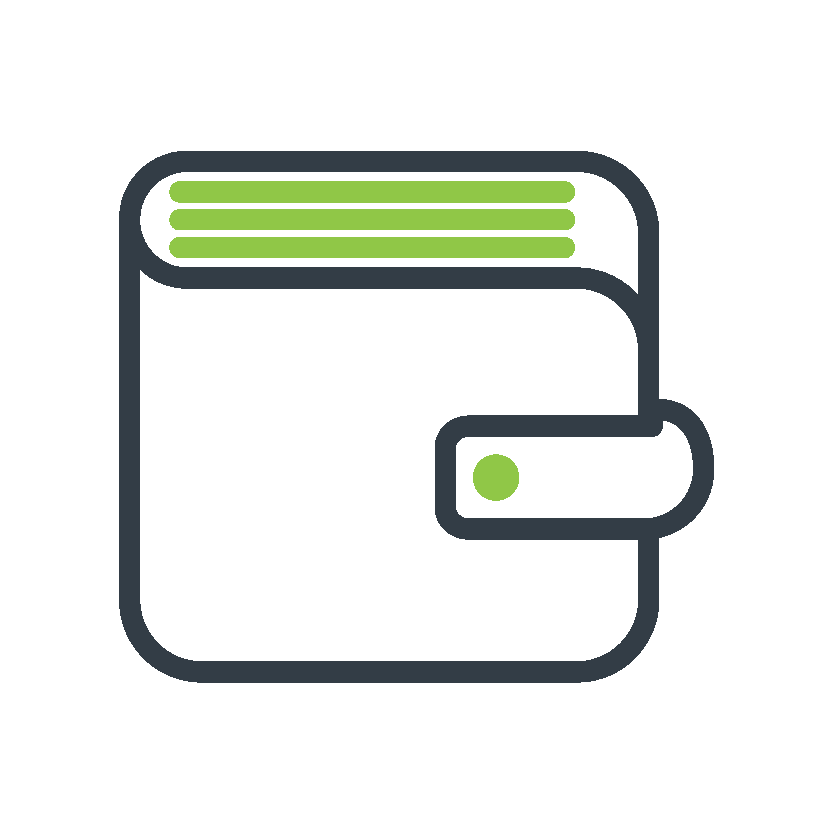
How much can I afford in monthly payments?
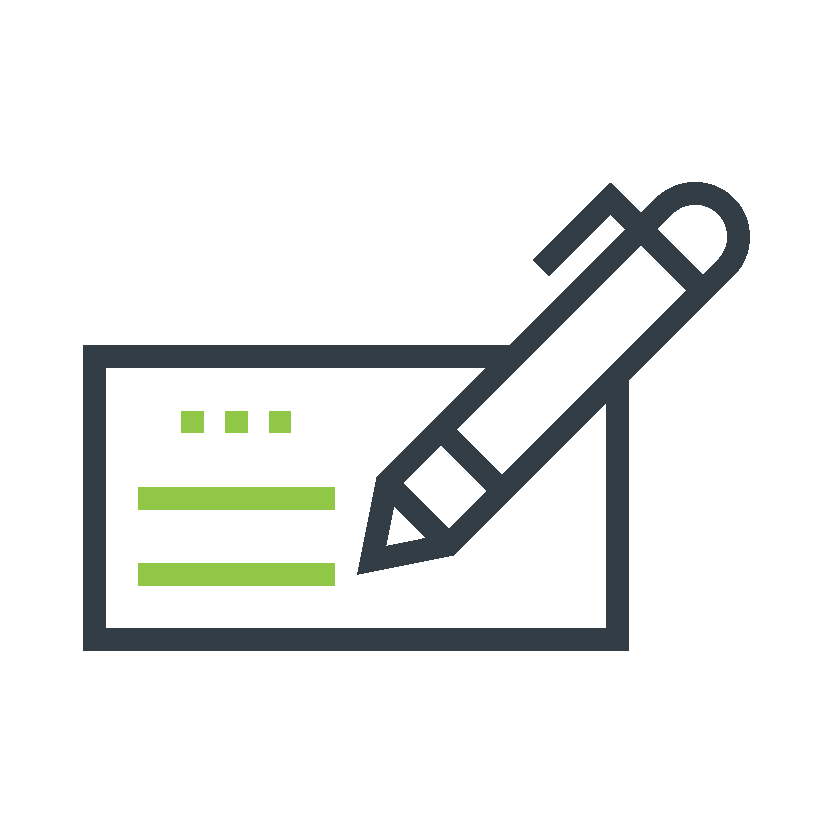
How much can I afford for a down payment?

How much risk am I willing to assume?
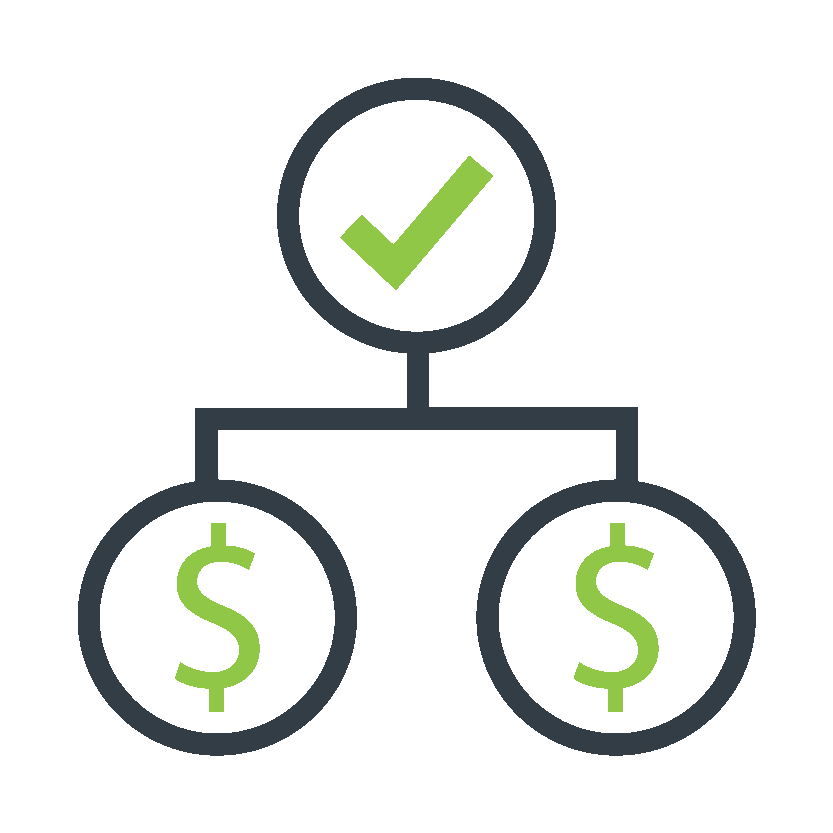
Should I get a fixed or adjustable rate mortgage?
There are certain factors that are completely out of the borrower’s control, like their credit score, but there remain a number of variables that can benefit the borrower significantly, depending on their financial ability.
Getting a conforming loan will reduce risk, as will a mortgage that is insured by the government (such as an FHA loan).
However, because the underwriting guidelines for government insured mortgages are strict, it could be more difficult to refinance the mortgage, which might be a costly problem if interest rates go down during the term of the loan. If you can refinance your mortgage, you can take advantage of the new, lower rates, but if you have an FHA loan, it can be nearly impossible to refinance. Of course, the lower rates and lower risk of the government insured mortgages usually outweigh this refinancing issue for borrowers with limited income.
As you can gather, there are a multitude of factors a potential borrower can get bogged down in when choosing a mortgage, but if you understand the pros and cons of each type of mortgage, the choice becomes easy for most borrowers.
Choosing Between ARM vs Fixed Rate mortgage
Reasons for Choosing a Fixed Rate Mortgage
As we have discussed, the least risky mortgage from the borrower’s perspective is the fixed rate mortgage. If the borrower does not want to worry about the interest rate and monthly payment changing, then the borrower should definitely choose the fixed rate mortgage.
Remember that for the entire life of the fixed rate loan the payments remain exactly the same. Even if this type of loan costs the borrower more money in the long term, the peace of mind it offers can be invaluable.
If you are unsure about your long term income prospects, or you expect your income to stay the same for the foreseeable future, then a fixed rate is probably what you should choose. Borrowers with limited income should generally stay away from ARMs.
Reasons for Choosing an ARM
There are a number of advantages to an ARM if you can afford the additional risk of not having your rate fixed for the term of your mortgage.
The initial interest rate is lower than the fixed rate, and you can always structure the loan to remain at the low, initial rate for up to 10 years, so if you are not planning on staying in the property for longer than that, an ARM can provide all the advantages of a fixed rate, and still offer a lower interest rate.
The borrower might have an expectation of greater future income, and the low initial rate allows the borrower to purchase a more expensive house.
The borrower may expect the house to appreciate, and the ARM will allow the borrower to make the most profit off of the transaction.
Maybe the borrower knows he will not be in the house longer than the fixed rate period, so before the rate jumps to a higher rate, the borrower will sell the house.
Most ARMs also have an escape hatch of sorts, wherein the borrower can opt out of the ARM and convert an adjustable rate to a fixed rate, or there may be an option for refinancing the loan after a few years, or before the teaser rate adjusts. There are any number of reasons why a borrower would want to assume the interest rate risk, and there are so many possible denominations, the lender will be able to structure an ARM that meets very specific needs.
If the ARM is used solely as a method to make profit off the initial low rates, and so does not generate nearly as much interest as expected, why would the lender offer such a mortgage? One of the reasons is it is a way for a bank to balance out the interest rate risk that it is assuming. A bank will have many sources of income, including general deposits, and fixed rate mortgages, both of which put the interest rate risk on the bank.
Avoiding Prepayment Penalties
Some mortgages, both fixed and adjustable, have prepayment penalties, which are fees the borrower must pay if they decide to pay off of the loan before it is due under the standard payment schedule. Remember, when a borrower sells a property before the end of the loan term, it is the same as paying off the entire loan. Refinancing, as well, is a form of prepayment because the original loan is paid in full, then the borrower is given a new mortgage with new terms.
Why would a bank charge such a fee? One would probably assume that the bank would be happy to have the loan paid in full, and the sooner the better, right? What you have to remember is that the only profit a bank makes on a mortgage is the interest, and since interest only accrues on the amount of the principal that is unpaid, the the ultimate profit for the bank will decrease with any prepayment. To protect themselves from this contingency, banks often add prepayment penalties to discourage borrowers from paying off the loan before the end of the term.
Post 2014, prepayment penalties are not nearly as common as they once were, and the larger banks like Bank of America or Wells Fargo steer clear of adding such penalties. Mortgages from smaller lenders, as well as what are known as subprime mortgages could still have these penalties, though. You may recall that subprime mortgages were at the center of the 2008 financial crisis. The term “subprime” refers to loans given to borrowers with poor credit, low income, or some other factor that would disqualify the borrower from a standard loan. As you can imagine, the rates for subprime mortgages are generally much higher, and the terms less advantageous for a subprime borrower.
Disclaimer:
The materials provided are for informational purposes only and is presented without warranty. It is not financial or legal advice and use of the information is at your own risk. To the maximum extent allowed by law, InvestmentZen disclaims any and all liability in the event any information, commentary, analysis, opinion, advice and/or recommendations prove to be inaccurate, incomplete, or unreliable. You should consult with a professional and do your own due diligence before making any financial decisions.

